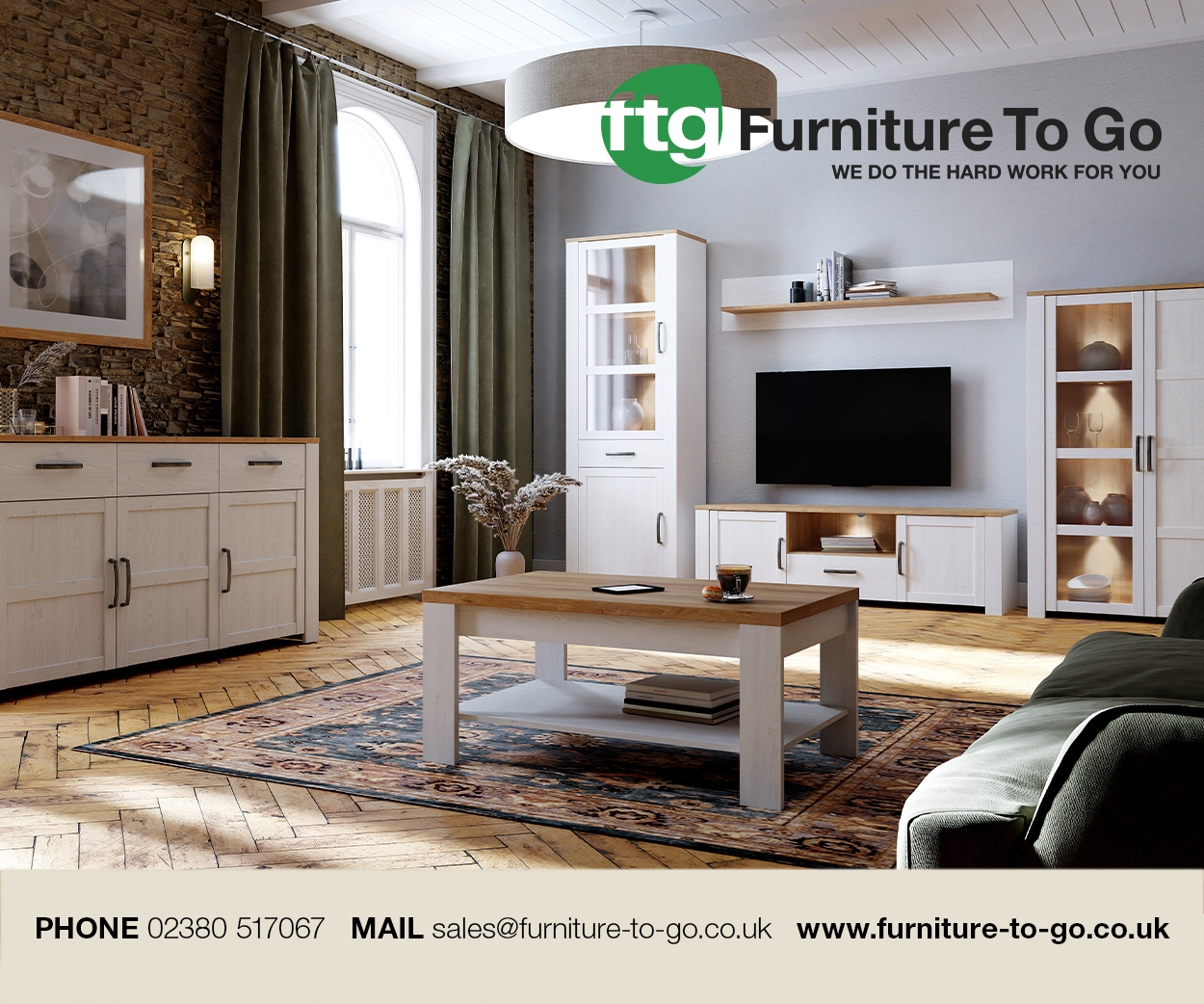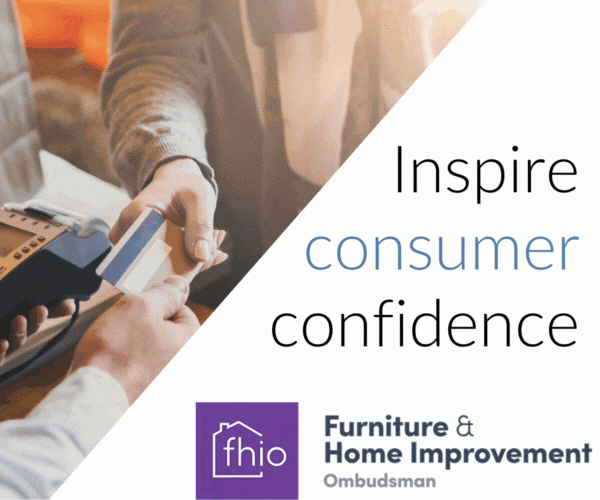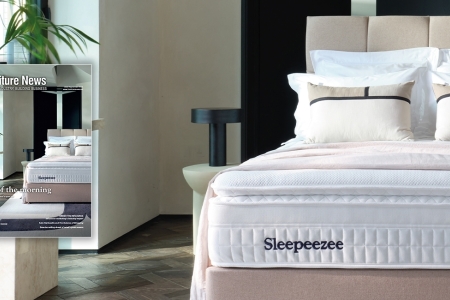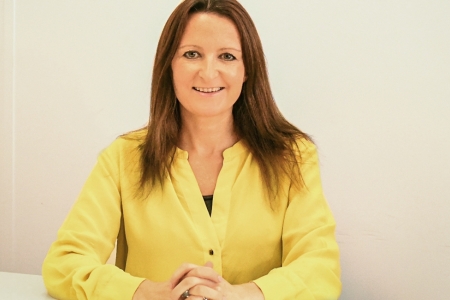From celebrity homeowners to everyday creatives, online influencers are playing an increasingly significant role in how people shop for furniture. With influencer marketing promising higher conversions, increased awareness and a closer connection with the audience, a world of opportunity awaits the progressive furniture brand – but how can they get the best bang for their marketing buck? Furniture News investigates in September's issue …
The marketing influencer is nothing new. From fictional creations to Hollywood stars – and, more recently, reality TV contestants – brands have long employed recognisable figures to be the face of their goods and services.
However, the widespread uptake of social media seen in recent years also enabled ‘regular’ people join this roster. Today, it just takes savvy use of a smartphone and a social media account to create and publish personal content, offering someone’s followers a glimpse into their private life – what they cook, how they exercise, and crucially, how they furnish their home.
Compared to working with professional studios, influencer-generated content (IGC) is relatively quick and cost-effective to produce, and this grassroots approach can also make the material seem more authentic than traditional advertising. By creating trust and authority, the more genuine-seeming influencers can then command a hefty fee for brand partnerships seeking their leverage to reach new audiences.
Brands have quickly seized on the potential of influencer marketing, and now regularly work in partnership with content creators to reach sizeable audiences across the likes of YouTube, Facebook, Instagram and TikTok – and sometimes reaching out to the younger audiences that traditional platforms often struggled to engage.
Influencer marketing is a win/win scenario for both parties, and, in some sectors, it has come to eclipse alternative approaches.
According to Sprout Social’s 2024 Influencer Marketing Report, almost half of all consumers (49%) make purchases at least once a month because of influencer posts.
Statista notes: “If reaching Generation Z is a marketer’s goal, influencer marketing has become a go-to practice. Young adults look for easy and accessible entertainment on social media, most preferably delivered in a short-form video. The answer to this need is influencers, with their relatable content and digestible formats.”
In 2023, Statista found that 84% of UK Gen Z consumers followed influencers – and the same was true for over two-thirds of Millennials.
“On average, one in four adults admitted to being impacted by their recommendations,” Statista continues. “This fact encourages more and more brands to ramp up their influencer marketing investments. Between 2019 and 2024, influencer ad expenditure more than tripled, reaching £917m at the end of this period. That is more than is spent on cinema, radio or magazine advertising in the UK. It is expected to exceed £1b by the end of 2025.”
Quality versus quantity
Influencer marketing may be big business, but to date it has only made modest waves in the furniture industry. Notable campaigns include Wayfair’s 2024 Welcome to The Wayborhood campaign, which sought to energise the home styling movement by employing celebrities including brand ambassador Kelly Clarkson, alongside micro-influencers creating more intimate content from a DIY perspective.
“It’s a campaign that turned home decor into an aspirational yet relatable concept,” states media expert, Influencer Marketing Hub.
The micro-influencer – by definition, an online influencer with a follower count between 10,000 and 100,000 – is arguably finding a more natural fit with the home industry than celebrities. Their reach may be smaller, but it can often be the case that their audience is more aligned to the furniture brand’s end goal – namely, getting in front of people in the market for new furniture and furnishings.
Yes, furniture businesses can find an angle alongside many of the UK’s top influencers – the health benefits of a good mattress with Joe Wicks, storage solutions with Mrs Hinch, or bedroom decor with Giovanna Fletcher – but some are achieving cost-effective results by looking beyond the household names.
What’s next?
The future of advertising is being redefined by the rise of the creator economy, yet hesitance to commit to this new playbook is understandable – not least because the landscape is shifting so fast.
“The question is no longer whether influencer marketing works but how to unlock its next evolution,” states Influencer Marketing Hub.
“In 2024, influencer marketing propelled social media to become the world’s largest advertising channel, surpassing paid search with a staggering $247.3b, reaching $266.92b by end of 2025 in global spend, cementing its role as the epicentre of consumer influence and engagement,” it continues, but goes on to cite the impact of Trump’s threats to ban TikTok in the US, which reminded brands that they should take care not to put all their eggs in one basket.
Platforms and audiences have the potential to evolve, and so too should marketing strategies. With AI and the birth of ‘virtual influencers’ already starting to impact the space, it is difficult to proceed with any certainty, other than that the power of this marketing model in growing.
As influencer marketing platform Aspire puts it: “With the accessibility of social media, anyone and everyone has the ability to influence their peers’ purchasing decisions – especially when they are real, passionate fans of the brand. We’re now essentially going back to the roots of influencer marketing by working with those who actually hold the power to influence. A brand no longer controls its story, reputation, and the like. Its community does.”
It takes a brave brand to cede that level of power to its audience, but if the numbers are to be believed, it would take an even braver one to ignore this opportunity.
In our special feature, read about the furniture industry’s take on influencer marketing, as the people behind Cox & Cox, The Bespoke Sign House, Mattress Online, Bluebird, Sussex Beds, ufurnish.com and Sofa Club share their experiences – and find retail expert Kate Hardcastle’s summary of the movement, in an exclusive extract from her new book, The Science of Shopping.









